No products in the cart.
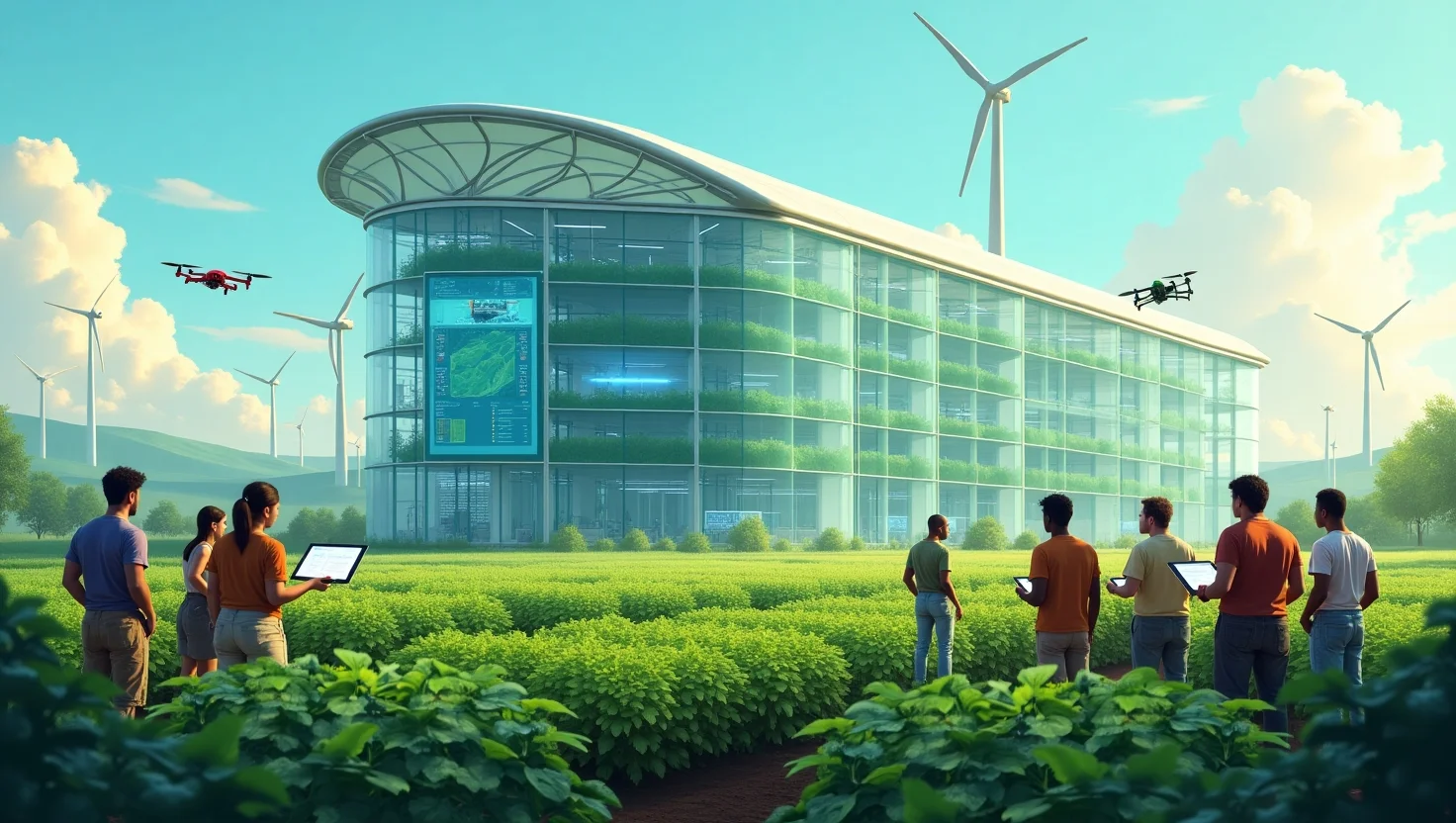
1. Introduction:
U.S. agriculture stands at a critical crossroads. Farmers today face a complex web of challenges, unpredictable weather patterns, rising input costs, labor shortages, and increased demand for food production. These problems aren’t just theoretical, they affect crop yields, livestock health, and farm profitability every single day. While traditional methods have brought farming far, they can no longer keep up with the pace and scale of modern demands.
Uses of AI in America farming, not as a futuristic experiment but as a practical, real-time solution already making a measurable difference. From drone-guided crop monitoring to automated tractors and livestock-wearable sensors, AI is helping solve some of the most persistent problems in agriculture. It’s not about replacing farmers, it’s about empowering them with smarter, faster, and more data-driven tools.
As of 2025, AI in agriculture is no longer just a buzzword; it’s a vital part of the smart farming ecosystem. Yet, many still ask: How exactly is AI being used on farms right now? What real-world problems is it solving today?
This article dives into seven specific, real-world applications of AI that are actively transforming farming across the United States. Backed by examples and case studies, each section reveals how AI is not just a promising innovation but is delivering tangible results.
Whether you’re a tech-savvy grower or simply curious about the future of food, this breakdown shows how artificial intelligence in farming is no longer optional; it’s essential.
2. Challenge 1: Crop Failures from Climate Variability
Climate change is one of the most pressing threats to U.S. agriculture. Unpredictable rainfall, temperature fluctuations, and shifting growing seasons are causing widespread crop failures and reduced yields. Farmers can no longer rely on historical weather data to make decisions, they need precise, real-time insights. This is where AI in agriculture comes into play as a game-changer.
By using machine learning in farming, predictive models can now analyze vast datasets, satellite imagery, historical climate records, soil moisture levels, and seasonal forecasts to generate highly accurate crop yield predictions. These tools help farmers decide when to plant, irrigate, or harvest, reducing the risk of losses due to unexpected climate events.
For example, IBM’s Watson Decision Platform for Agriculture uses AI to deliver hyper-local weather forecasts and crop insights. In the Midwest, corn and soybean farmers using AI-assisted platforms have seen improved planning accuracy and higher yields despite erratic weather. This is no longer hypothetical, it’s happening now.
More importantly, these systems are accessible not just to large-scale agribusinesses but also to smaller farms that traditionally lack access to high-tech tools. The democratization of AI-powered farming tools means that more growers can protect their crops and adapt proactively.
AI in crop monitoring and weather forecasting for farms is solving the growing problem of climate volatility, not with guesswork, but with data-driven precision.
Up next, we’ll look at how AI is tackling the next big challenge: America’s deepening water scarcity.

3. Challenge 2: Water Scarcity
Water is becoming increasingly scarce across major farming regions in the U.S., especially in drought-prone states like California and Arizona. Traditional irrigation methods often lead to overwatering or inconsistent distribution, wasting one of agriculture’s most critical resources. With water conservation in farming now a top priority, AI has emerged as a vital solution.
AI-powered irrigation systems use real-time data from sensors, weather forecasts, and satellite imagery to optimize when, where, and how much to water. These systems can adjust in real-time based on soil moisture, temperature, and crop type, ensuring that no drop goes to waste. This level of precision agriculture wasn’t possible a decade ago, but is now revolutionizing water use efficiency.
A prime example is Valley Irrigation’s AI-driven smart pivot systems, which help U.S. farmers cut water use by up to 30% while maintaining or even increasing yields. These systems reduce reliance on guesswork and manual controls by providing recommendations backed by data and machine learning.
What makes AI irrigation even more impactful is its scalability. Whether it’s a 50-acre organic farm or a 5,000-acre industrial operation, these tools adapt to different environments and budgets, making AI for smart irrigation an accessible game-changer.
In a time when every gallon counts, AI-driven water management is helping farmers stay productive while protecting natural resources, a win for both agriculture and the environment.
Next, we’ll explore how AI addresses another critical issue: rising input costs.

5. Challenge 4: Pest & Disease Outbreaks
Pests and crop diseases are long-standing enemies of American farmers, costing billions in lost yield every year. Traditional methods of monitoring infestations, like manual scouting and scheduled spraying, are not only labor-intensive but often reactive, catching issues too late. That’s where AI in pest detection and disease prediction is making a huge impact.
Using computer vision and machine learning, AI-powered platforms can analyze drone footage and field imagery to detect early signs of leaf discoloration, fungal growth, or insect infestation. These systems recognize subtle changes invisible to the naked eye, enabling real-time crop monitoring and faster response.
Tools like Taranis and Plantix use AI to scan fields, identify crop diseases, and recommend treatments instantly. For example, farmers in Georgia using AI for cotton pest monitoring have reported up to 40% faster containment of bollworm outbreaks compared to manual scouting.
Beyond detection, AI-powered crop protection systems can even suggest precise spraying patterns and treatment dosages, reducing chemical use and improving plant health. This is especially valuable in organic and sustainable farming, where minimizing input is essential.
Moreover, AI integrates weather patterns, crop stage, and past pest behavior to forecast future outbreaks, giving farmers the time to act before damage spreads. This proactive approach transforms pest management from reactive to predictive.
Up next, we’ll explore how AI addresses a modern farming challenge that’s getting worse every year: the labor shortage crisis in agriculture.
6. Challenge 5: Labor Shortages
The U.S. agricultural sector is grappling with a severe labor shortage, a problem that’s only intensifying year after year. With fewer seasonal workers available and rising labor costs, farmers are under pressure to maintain productivity with fewer hands in the field. Fortunately, AI automation in agriculture is stepping in to bridge the gap.
From robotic harvesters to autonomous tractors, AI is transforming how routine farm tasks are done. These smart machines can pick fruits, plant seeds, and even weed rows with high accuracy and consistency, tasks that once relied heavily on manual labor. Powered by machine learning in agricultural robotics, these tools learn and adapt to different terrains, crop types, and weather conditions over time.
California’s strawberry farms, for instance, are using AI-powered harvesting robots to offset labor shortages during peak seasons. These robots operate around the clock, helping reduce delays and prevent crop losses. In livestock operations, AI-driven monitoring systems are being used to track animal behavior and health without the need for constant human oversight.
Beyond automation, AI also supports smarter labor management. Platforms can now forecast peak labor needs, track productivity, and optimize schedules based on real-time field conditions, helping farms make the most of limited human resources.
As skilled farm labor becomes harder to find, AI in smart farming is not just a convenience, it’s a necessity for long-term sustainability.
Coming up next: how AI is solving a crucial logistics issue, inefficiencies in the food supply chain.

7. Challenge 6: Supply Chain Inefficiencies
The U.S. agricultural supply chain is riddled with inefficiencies, from food waste at the farm level to logistical bottlenecks that delay product delivery to stores. These issues have been amplified by the pandemic and ongoing global trade disruptions. With farmers and distributors looking for ways to improve their processes, AI in agriculture logistics is providing the much-needed boost to optimize supply chain operations.
By using machine learning algorithms, AI can predict demand patterns, manage inventory levels, and optimize routes for transport vehicles. This leads to reduced food waste, more accurate delivery schedules, and ultimately a better overall supply chain.
For example, AI tools like FarmLogs and AgriDigital use data to track inventory and help farmers make smarter decisions about when and where to sell their products. With these tools, growers can connect directly with retailers, reducing the middlemen in the supply chain and securing better prices.
AI can also anticipate potential supply chain disruptions, such as bad weather or labor shortages, allowing for proactive adjustments. This ability to foresee challenges and adapt quickly is a game-changer for the agricultural logistics industry, ensuring fresh food gets to consumers without the usual delays.
Optimizing logistics with AI not only boosts farm profits but also contributes to reducing the carbon footprint of food transportation, aligning with sustainability goals.
Finally, let’s conclude by exploring how AI is transforming the future of farming and its role in shaping agricultural innovation.
8. Conclusion and Call to Action:
The integration of AI in U.S. farming has already begun transforming agriculture in profound ways. From enhancing crop yields and conserving water to optimizing labor and improving supply chain efficiency, AI is proving to be more than just a trend, it’s an essential tool for the future of farming. These seven real-world uses highlight the powerful role AI plays in solving some of the most pressing challenges in agriculture today.
Farmers, big and small, are leveraging AI to make smarter, data-driven decisions, reducing waste, cutting costs, and improving sustainability. As the agricultural landscape continues to evolve, the importance of adopting AI-driven solutions will only grow. By embracing artificial intelligence in agriculture, U.S. farmers can ensure they are not just surviving but thriving in an increasingly uncertain world.
Now is the time for farmers, agribusinesses, and policymakers to double down on AI innovation. Whether through AI-powered tools, smart farming technologies, or data analytics, the potential to enhance productivity and sustainability is limitless. AI in agriculture is no longer optional, it’s a necessity for staying competitive in a rapidly changing market.
If you’re a farmer looking to stay ahead, consider exploring AI solutions tailored to your specific needs. Don’t let the challenges of modern farming hold you back; embrace the future of agriculture with AI and take the first step towards a smarter, more efficient farm today.
FAQs:
Q1. How is AI used in U.S. agriculture today?
AI is transforming U.S. farming through applications like precision irrigation, crop health monitoring via drones, automated harvesting, and predictive analytics for yield forecasting. These technologies help farmers optimize resource use, reduce costs, and increase productivity.
Q2. What are the benefits of AI in farming?
AI enhances farming by improving water-use efficiency, conserving resources, optimizing labor, and adapting to climate change. It fosters sustainable and resilient farming practices, leading to better crop yields and healthier livestock.
Q3. Can small-scale farmers benefit from AI technologies?
Yes, AI tools are increasingly accessible to small-scale farmers. Platforms offer real-time farming advice, pest control recommendations, and weather forecasts, enabling farmers to optimize yields and manage resources more effectively.
Q4. What challenges do farmers face when adopting AI?
Farmers encounter challenges such as high initial costs, data limitations, and technical implementation hurdles. Despite these, AI’s potential to revolutionize farming practices through precision techniques and predictive analytics is significant.
Q5. How does AI contribute to sustainable farming practices?
AI promotes sustainability by optimizing resource use, reducing waste, and improving crop yields. Technologies like smart irrigation and disease detection help farmers conserve water and minimize chemical use, supporting environmentally friendly farming practices.
Related Articles
Soil & Water Management
How AI Can Help Young Farmers Succeed in U.S. Agriculture
1. Introduction: Farming in the United States is at a crossroads. With...
Soil & Water Management
AI and Sustainable Farming: Can Technology Save the Planet?
1. Introduction: Can the very industry that feeds the world also be...
Soil & Water Management
AI for Seed Selection: Choosing the Right Crops for Maximum Yield
1. Introduction: Every successful harvest begins with one critical decision, choosing the...
Soil & Water Management
AI in Soil Health: How Smart Tech is Improving Crop Productivity
1. Introduction: Healthy soil is the foundation of a productive farm, but...
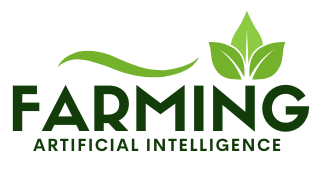
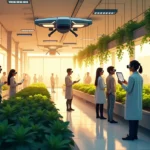

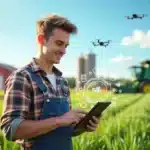

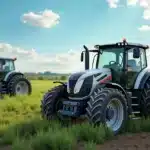

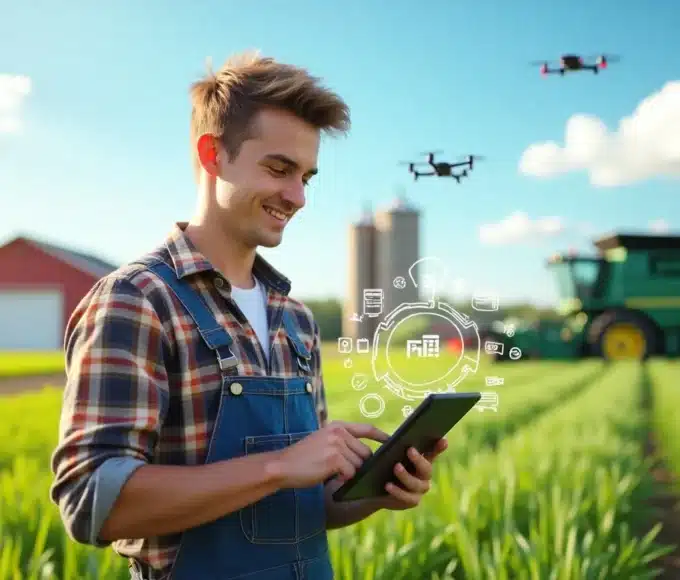
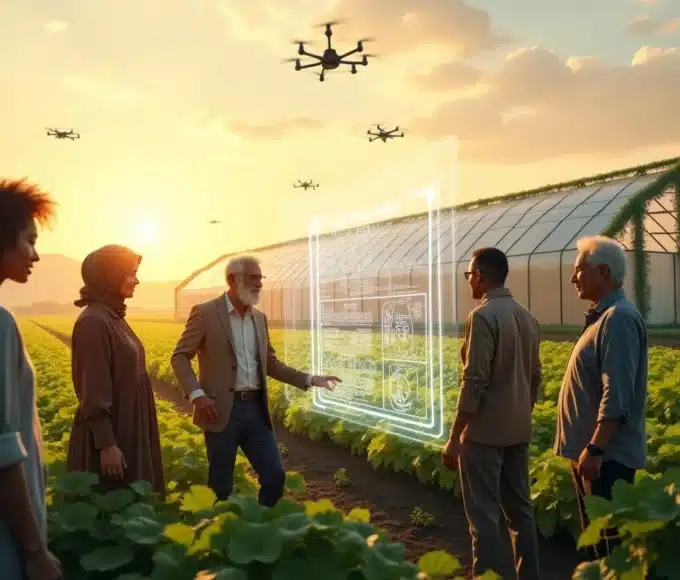
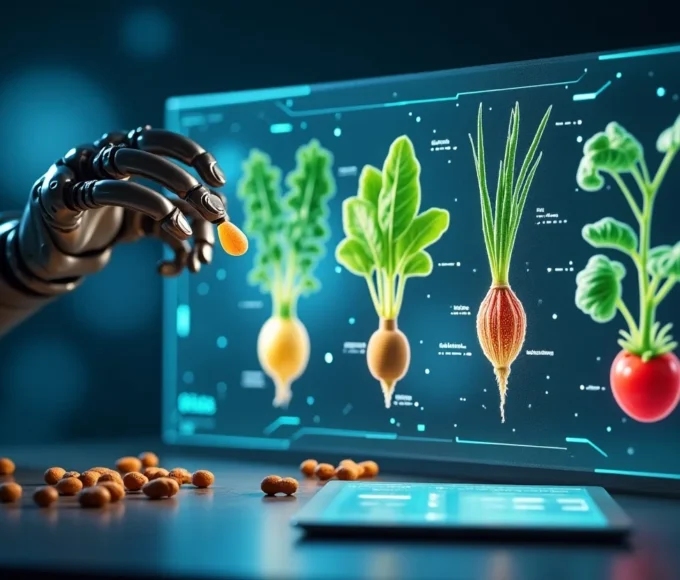
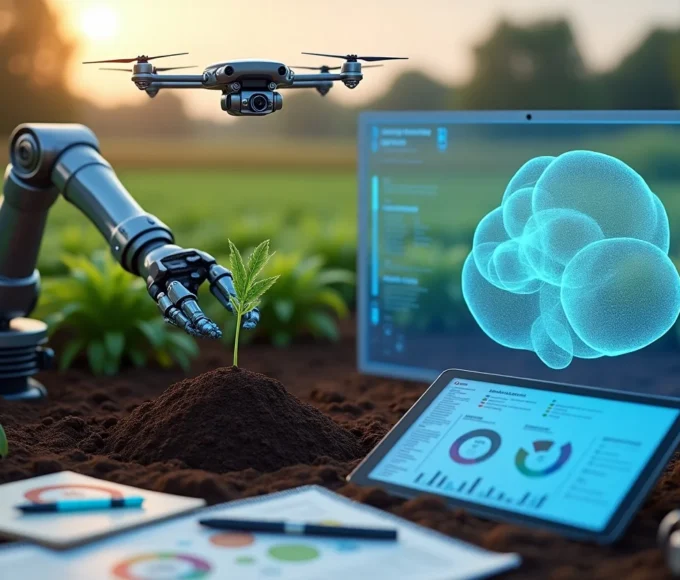
Leave a comment